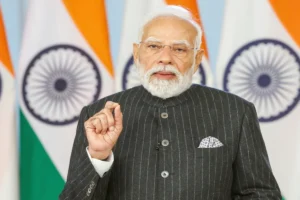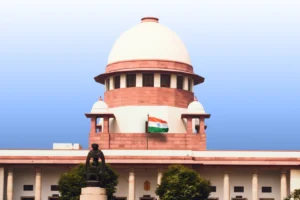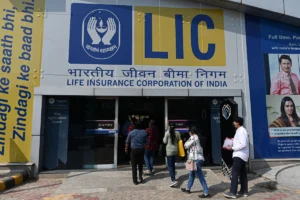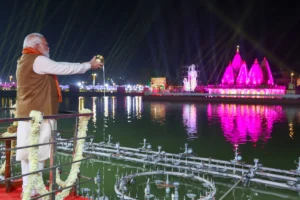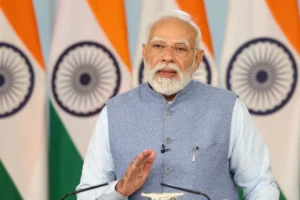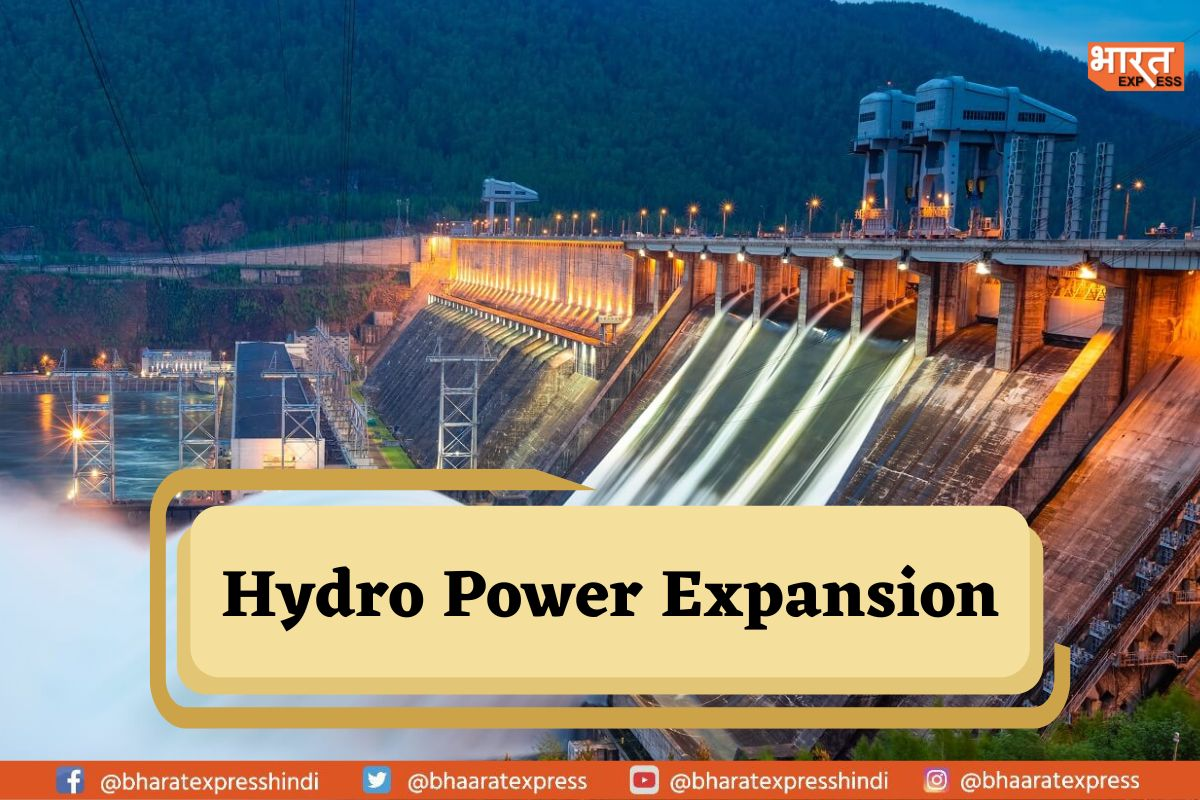
REFERENCE IMAGE
India is set to increase its hydro power generation capacity by 3,110 MW during this fiscal year. This is stated by an official familiar with the matter. The capacity will be built at a cost of approximately Rs 45,000 crore, resulting in a 6.6% expansion of the country’s current installed capacity of 46,850 MW.
Hydroelectric projects are set up in Uttarakhand, Himachal Pradesh, Arunachal Pradesh, and Kerala. The two central sector projects in Uttarakhand are the Tehri pumped storage project (PSS) and the Naitwar Mori project, which will produce 1,000 MW and 60 MW, respectively.
Also Read: RVNL Shares Increase by 8% on Rs 121-Crore Order Win
The Subansiri Lower 2,000 MW project in Arunachal Pradesh, which has been underway for several decades and faced displacement-related challenges, is the oldest project and will commence operation in FY24. 1,000 MW of the project’s total capacity will be commissioned during the current fiscal year.
Two hydroelectric projects are scheduled to launch in Himachal Pradesh this year – one central project named Parbatti-II with a capacity of 800 MW, and one private project named Tidong-I with a capacity of 150 MW. Meanwhile, Kerala is set to implement two state sector projects: Pallivasal, with a capacity of 60 MW, and Thottiyar, with a capacity of 40 MW.
Although hydroelectric projects typically take between 6-8 years to complete, they often experience delays due to land acquisition-related protests. Once established, however, hydroelectric power is an inexpensive and stable source of green energy that is not subject to intermittent power supply issues.
Hydropower is a valuable means of grid stabilization that helps to address fluctuations in solar and wind energy. Despite having a lengthy payback period, hydropower is cost-effective after this period, and it is an inexpensive source of energy. Prime Minister Narendra Modi inaugurated India’s largest hydropower station, the Kameng in Arunachal Pradesh, with a capacity of 600 MW in November 2022. India is the world’s fourth-largest producer of renewable energy, including large hydroelectric power.
Also Read: Motilal Oswal’s Q4 Net Profit Falls 45% YoY, Stock Drops By 3%
India is aiming to achieve 500 GW of installed electricity capacity from non-fossil fuel sources by 2030 as per its commitment at COP26. Currently, 46.85 GW of India’s non-fossil fuel electricity capacity of 172 GW is generated from hydro. According to the Central Electricity Authority (CEA), India’s evaluated hydropower potential for projects with a capacity above 25 MW is around 145,320 MW.
According to the Ministry of Power, challenges pertaining to hydropower projects include remote locations, unpredictable geology, environmental and forest issues, rehabilitation and resettlement challenges, law and order issues, natural disasters, and inter-state issues.
To read more such news, download Bharat Express news apps









